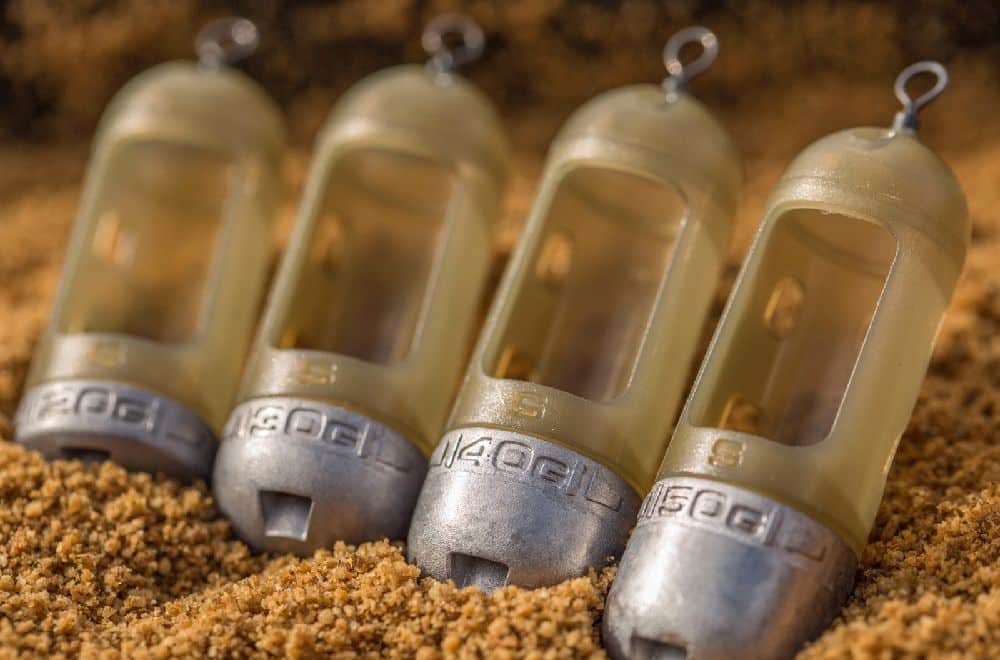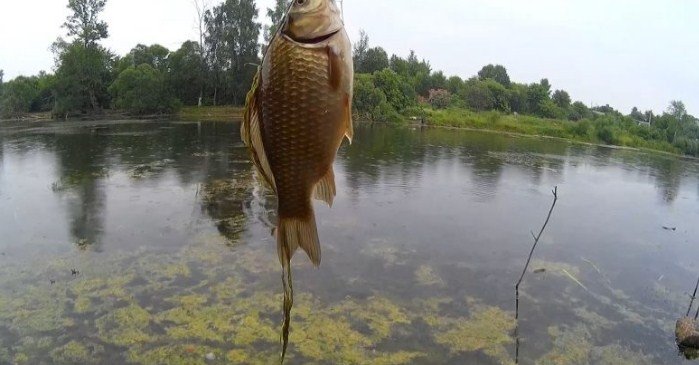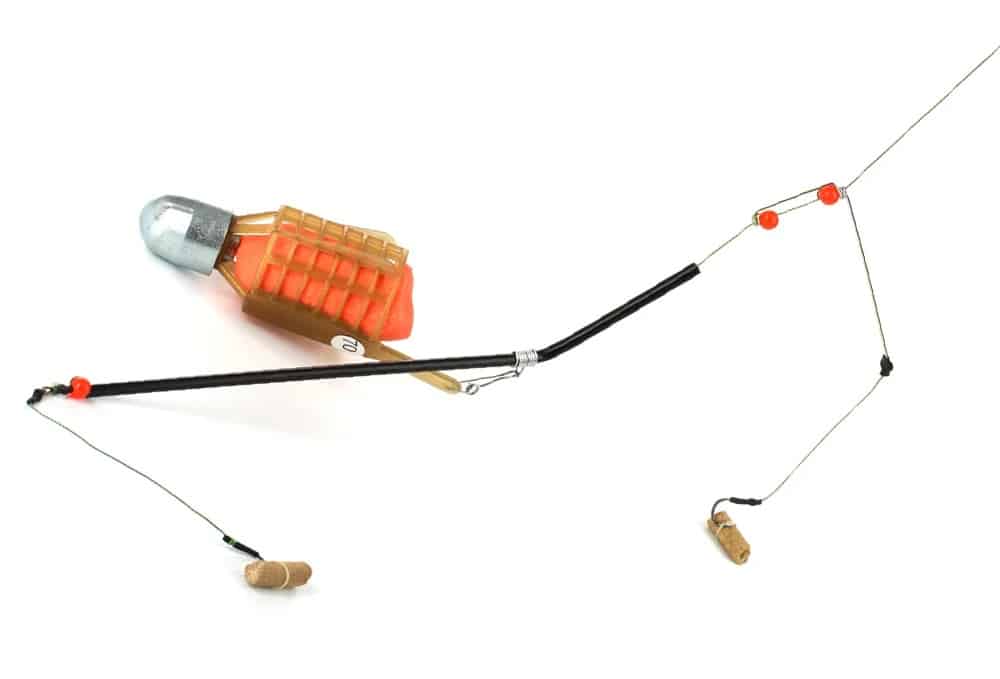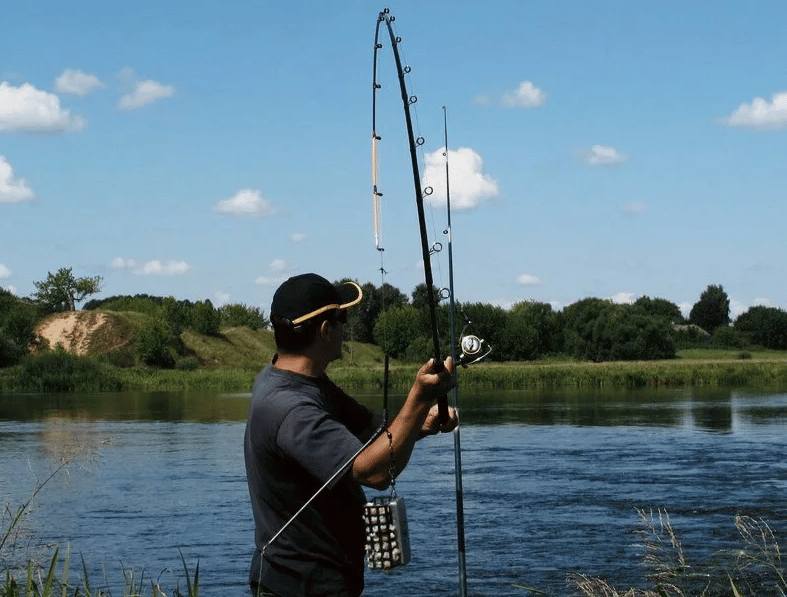Any fishing method has its own special equipment. Feeder troughs are the
main feature of feeder rod fishing . This fishing involves casting a hook with a nozzle with a fishing rod at the same time as the spring, which plays the role of both the feed and the weight. Therefore, the efficiency of fishing often depends on the quality of this piece of equipment and its installation.
The feeder trough performs a double role – the role of a feed trough, for feeding and getting used to fish at a certain point in the reservoir, and the role of a load, for keeping the rig in one place. A spring is one of the most popular types of fishing feeders, but far from the only one, for example, there are some as in the photo below.
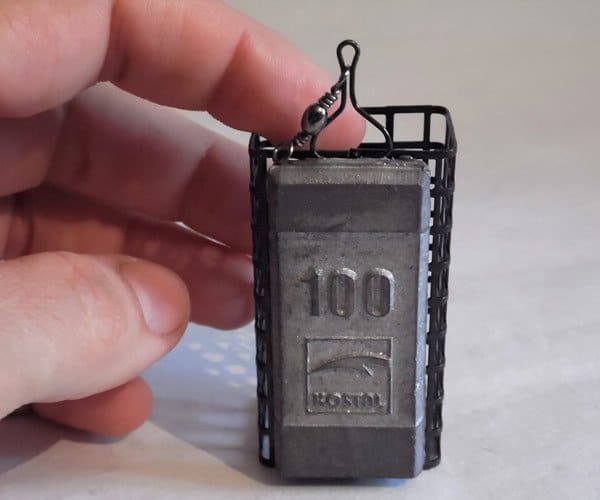
- What are the feeders for fishing on the feeder – types with photos
- Classic
- Wireframe
- Floating fishing feeders
- Sliding
- With lugs
- Feeding
- Fodder for fishing by method
- Container
- Criterias of choice
- For the flow
- Fishing in bodies of water without flow
- Vegas
- Long-range feeders
- DIY making a feeder feeder with your own hands
- Steel mesh
- Wire
- From the eggplant
- From curlers
- Catching and casting technique
- Поделиться ссылкой:
What are the feeders for fishing on the feeder – types with photos
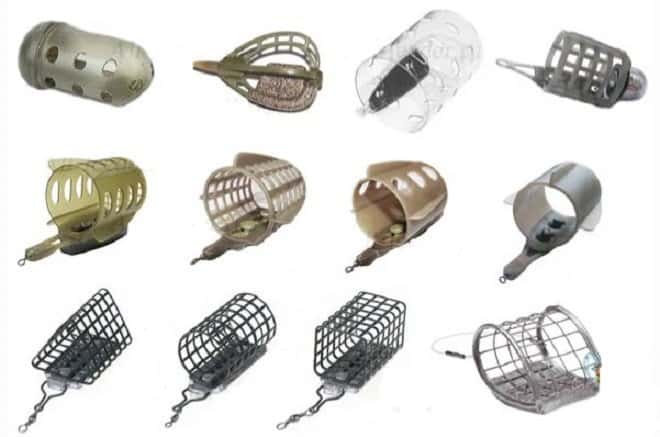
Classic
These fishing troughs come in the form of metal or plastic nets. In appearance, they are round, oval, square, etc. All species are used for certain fishing conditions. Moreover, they are divided into open and closed. The former spray the bait immediately after sinking to the bottom of the reservoir, and are more suitable for fishing in standing ponds to create a persistent bait spot. Closed feeders for the feeder have walls at the ends and during lowering to the bottom keep the bait for a certain time. Then it gets washed out and spreads downstream. As a result, the fish swims along the bait trail to the area in which there are hooks with a nozzle.
Wireframe
These feeders are made on a plate with a row of baffles where the holes are. These devices are used with a shipment of about 50-70 grams and are used for catching trophy specimens.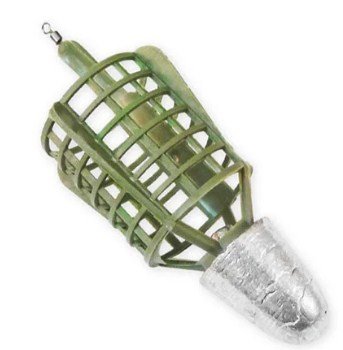
Floating fishing feeders
Floating fishing troughs have one advantage – when hitting the water, they create a cloudy cloud that attracts prey. In addition, the bait mixture keeps the fish in the right place, which significantly increases the number of bites.
Sliding
This group includes the most popular spiral feeders in our country. The products are made in the form of a spring in the form of a cylinder, there is a tapered lead shipment at the front. These are bullet feeders that have good aerodynamics and fly great when casting. In the center of the body there is a tube, which is fixed at the ends with a swivel or a carabiner. The disadvantages include the “rolling” shape, which limits their scope of use to reservoirs with a small current.
With lugs
The lug feeder was designed for the flow. Lugs are “legs” -like protrusions on a weight. They work like an anchor, significantly increasing the grip of the bottom. Thus, even a 60 gram feeder with legs resists the current better than a conventional 100 gram feeder. At the same time, their shape has almost no effect on resistance during flow, since the main pressure falls on the line.
Feeding
These are large fishing troughs made of fine mesh. They are filled with bait, shipping is added, and thrown into the reservoir. Feeding devices are used when fishing for short distances – up to 50 meters.
Attention: The mass of this feeder at the same time with the food turns out to be very large, therefore it is difficult to accurately throw it at the fishing point.
Fodder for fishing by method
The feeder method is used for feeder fishing – this is a device with a shifted center of gravity, which is designed to install the hook into the bait. The bait is hidden on the side opposite to where the weight is located. So, after falling, the nozzle will be on top of the bait.
Container
These feeders are specially designed for feeder fishing and are completely enclosed boxes. They open after hitting the water. So, all the bait mixture is guaranteed to be sent to the fishing point. These products are used for feeding maggots, bloodworms, worms. There are designs where the contents of the hopper are pushed out by a piston. At the same time, the bait exit speed can be adjusted.
Criterias of choice
To choose the right types of feeders correctly, you need to take into account the fishing conditions. For this, it is required to study the speed of the current in the reservoir and the bottom relief.
For the flow
For this fishing, rectangular, square and triangular feeders are used. Rolling them along the bottom often confuses the leashes. When fishing in the current, you need to take into account that the bait is washed out very quickly, so you need to recharge more often than usual. The use of container devices makes it possible to deliver all the feed to the bottom, without attracting the attention of small things when lowering the attention.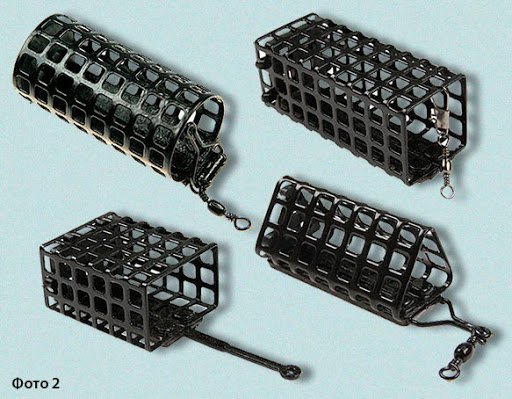
Fishing in bodies of water without flow
A feeder for stagnant reservoirs, which is called a “spring”, is clogged as tightly as possible for equipment. During dissolution, the bait releases the coils of the spring, which are compressed, which provokes the destruction of the remaining composition. It is advisable to add attractants. For example,
carp is very fond of sweet smells, and carp tastes more of garlic. The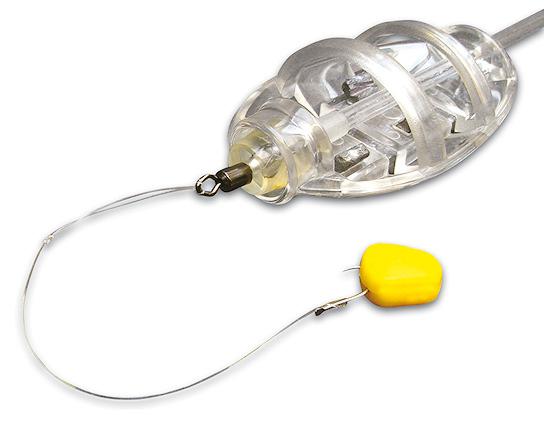
Vegas
Vegas feeders are quite diverse, but they are all made of plastic. They can be classified as classic products, while they are characterized by the presence of huge options for different weights. Their popularity is limited only by their expensive cost.
Long-range feeders
Regardless of the presence of a current, it is required to increase the mass of devices when fishing over long distances. For this, it is best to choose frame products or feeder bullet feeders. In this method of fishing, not only the structure is important. Feeder tackle must be fully balanced taking into account fishing in a particular water body. How to choose a feeder for feeder fishing, see the video: https://youtu.be/zIQEdpc79z0
DIY making a feeder feeder with your own hands
You can also easily make your own fishing feeders. For this, corks, eggplants, curlers, nets are usually used.
Steel mesh
The metal mesh feeder is the most common. It is very easy to make it. Materials:
- lead plate;
- wire;
- metal mesh with a mesh of 5-7 mm.
Step-by-step instruction:
- Cut the required mesh size with pliers. With the help of pliers, we bend the material into the required shape.
- We fix the edges with a wire and fix the lead weight.

Wire
These feeders have one important advantage – with the help of wires of different diameters, you can replenish a fishing suitcase with accessories of different sizes and weights. Materials:
- brass or copper wire with a cross section of 1-4 mm;
- for a sliding feeder, you will need a tube (for example, a stick from Chupa-Chups);
- any object in the form of a circle is needed to wind the spring.
Step-by-step instruction:
- We wind the wire around a round object. The number of turns will depend on the required size. As a rule, 10 turns are sufficient.
- Then the spring needs to be shaped like a barrel. The turns in the middle must be increased, and when moving towards the ends, they must be gradually reduced. This is conveniently done with round nose pliers. The remains are cut with pliers.
- Next, you need to install a tube, for which it is inserted into the spring and is clamped with pliers with coils along the edges.

From the eggplant
These homemade feeder troughs are also not difficult to make at home or right in the field while fishing. Materials:
- straight-walled eggplant;
- burner;
- awl;
- lead plate.
Step-by-step instruction:
- Cut off the top near the label in the eggplant.
- We also cut off the bottom (according to the label).
- We cut the plastic ring lengthwise.
- Mark the points for burning holes with a felt-tip pen.
- We heat the awl with a burner and make holes.
- We wrap the ring in a tube and fix it with a stapler.
- We bend the lead plate along the edges to the inside of the plastic bowl. Clamp with pliers.

From curlers
A curler feeder is an almost ready-made tackle for a feeder, which even a teenager can make with his own hands. You just need to select the required volume and set the shipment. True, you first need to boil the curlers in order to completely get rid of odors that can scare away fish.
Catching and casting technique
Before you start fishing, the place must be fed. Why are “rocket” type feeders selected? They differ in that a cone-shaped weight is placed in front of the structure. During casting, it prevents the bait mixture from being washed out, and it is delivered to the required point. For starting feeding, it is required to send up to 15 feeders with food to the fishing area, then they begin to fish. In order for the bait to fly to one place, it is necessary to develop a stable cast. How is it produced:
- It should be noted that a shoulder cast is never accurate. It is recommended to throw from the chest. Before casting, you need to determine the direction of the landmark on the other side.
- The rod is held with both hands – one at the end of the handle, the other at the butt. Moreover, the fishing line is pressed with the index finger.
- The rod is placed vertically near the fisherman’s bow.
- Having slightly aligned the arms, we reject the fishing rod back.
- The swing is done with acceleration, for which in its final stage, when the rod is upright, it is necessary to sharply pull on the butt. This allows you to give a boost at the end of the cycle.
- The line must be released when the rod is at an acute angle relative to the horizon.
- When the feeder is flying, the rod rises vertically and tilts when it falls into the water.
- This closes the shackle of the coil.
https://youtu.be/gq60zQhQBN4
Stable casting is one of the main components of effective fishing.
Feeder fishing is a laborious and challenging way to fish. Even advanced fishermen often fail to fully master this art. But how exactly to use a feeder for fishing, and which one to choose, should be decided by every fan of feeder fishing. This will depend on the type of body of water, experience and personal preference.
